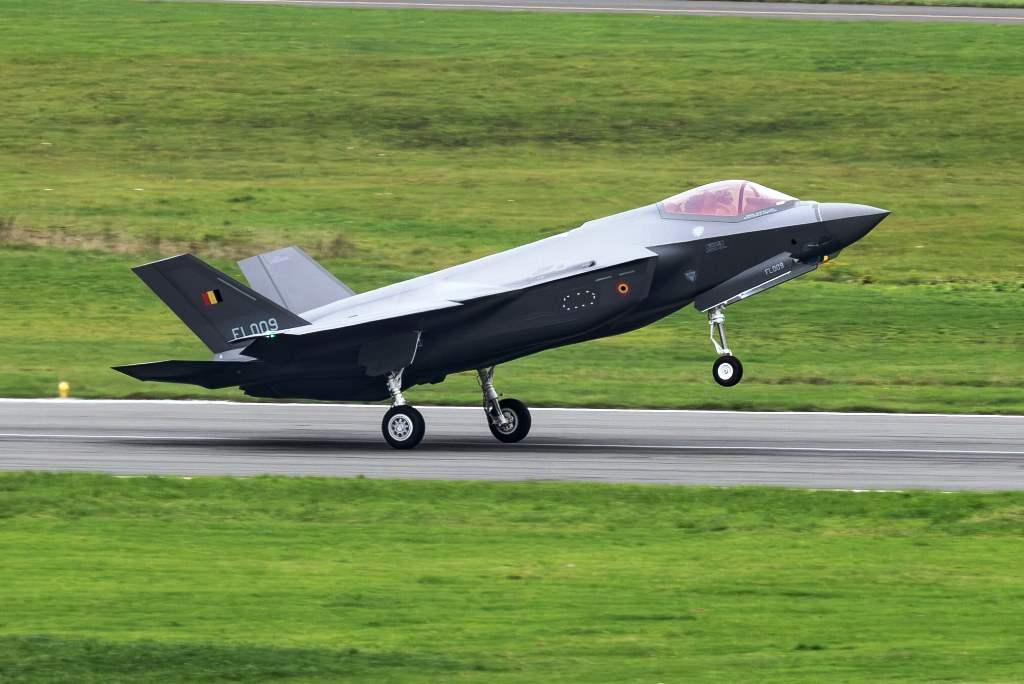Modernizing Defense Manufacturing: The Transformation of Rock Island Arsenal
A Legacy of Craftsmanship and Innovation
Situated in the heart of Illinois, Rock Island Arsenal has played a crucial role in American military history for over 160 years, producing everything from Civil War-era supplies to advanced components for contemporary armored vehicles. Today, this historic site is evolving into a benchmark for defense manufacturing, seamlessly integrating traditional forging methods with cutting-edge technologies.
The juxtaposition of old and new at Rock Island is striking. On one side, skilled workers clad in heat-resistant gear deftly handle molten metal as sparks fly in an age-old forge, a practice steeped in history. Just a short commute away, the advanced manufacturing center hums with the sound of 3D printers and robotic arms, illustrating the dichotomy between centuries-old craftsmanship and modernized industrial capabilities.
Strategic Role in National Defense
Major General Beth Behn, commander of the Army’s Tank-Automotive and Armaments Command, articulates this synthesis succinctly: “You see the past, the present, and the future all happening at the same time.” This multifaceted approach is not merely about preserving traditional methods; rather, it reflects a strategic imperative to adapt to a rapidly changing security environment.
- Historical Significance: From producing kite parts in the 1800s to sustaining current ground forces with complex components, Rock Island’s significance cannot be overstated.
- Modern Goals: The ongoing modernization efforts aim to enhance the Army’s readiness amidst emerging threats and competitive landscapes.
Embracing Cutting-Edge Technologies
The capabilities being developed at Rock Island Arsenal serve not just to preserve industrial heritage but to revolutionize the Army’s organic industrial base. For instance, the integration of advanced manufacturing, including additive and subtractive processes, is enabling rapid production at a scale that was once inconceivable.
- Additive Manufacturing (3D Printing): A recently installed sand 3D printer significantly reduces the time required for mold creation—from months down to mere hours.
- Quality Certifications: Achieving AS9100 certification positions the arsenal to produce aerospace-grade parts, enhancing the Army’s aviation capabilities.
The dual focus on maintaining a legacy forge while investing in innovative technologies underscores the necessity of flexibility and speed in an era of heightened global competition.
Rapid Production for Unmanned Aerial Systems (UAS)
One of the critical areas of focus for Rock Island is the accelerated production of Unmanned Aerial Systems (UAS). According to General Behn, the Army is projected to produce 1,000 UAVs within the fiscal year, with a long-term objective of achieving a monthly production rate of up to 10,000 drones.
- Leveraging Composite-Based Additive Manufacturing (C-BAM): An upcoming printer installation is expected to enhance Rock Island’s capabilities significantly.
- Integration with Existing Systems: The combination of subtractive manufacturing and traditional assembly is set to improve the reliability and fitment of components.
The promise of these developments speaks to a broader ambition: making the Army’s supply chain as responsive and agile as possible.
Policies Facilitating Rapid Production
The Army recently streamlined parts qualification processes by delegating authority to the Army Materiel Command (AMC) commander. This strategic shift enables faster approvals for essential parts, facilitating a leaner operational framework that prioritizes speed without compromising safety.
- Implementation of New Authorities: This allows for quicker production and qualification of parts, enabling the Army to have a secondary source of supply.
- Balancing Risk and Urgency: Ensuring component safety remains a priority, but there is a growing recognition that excessive caution can hinder operational efficiency.
The Future of Defense Manufacturing
Rock Island Arsenal exemplifies the transformation facing military manufacturing. As the Army enhances its capabilities in advanced technologies and strives for operational efficiency, the legacy of craftsmanship remains a vital element in this evolution.
The path forward is marked by continuous innovation, informed collaboration, and a commitment to meeting the demands of an ever-changing defense landscape. As new technologies are integrated into the fabric of military supply chains, Rock Island stands as a testament to the adaptability and forward-thinking vision essential for maintaining a competitive edge in national defense.
Each layer of modernization at Rock Island, from the historical forge to the latest in additive manufacturing, reinforces an essential theme: the future of military readiness depends on an industrial base that is both resilient and innovative.





